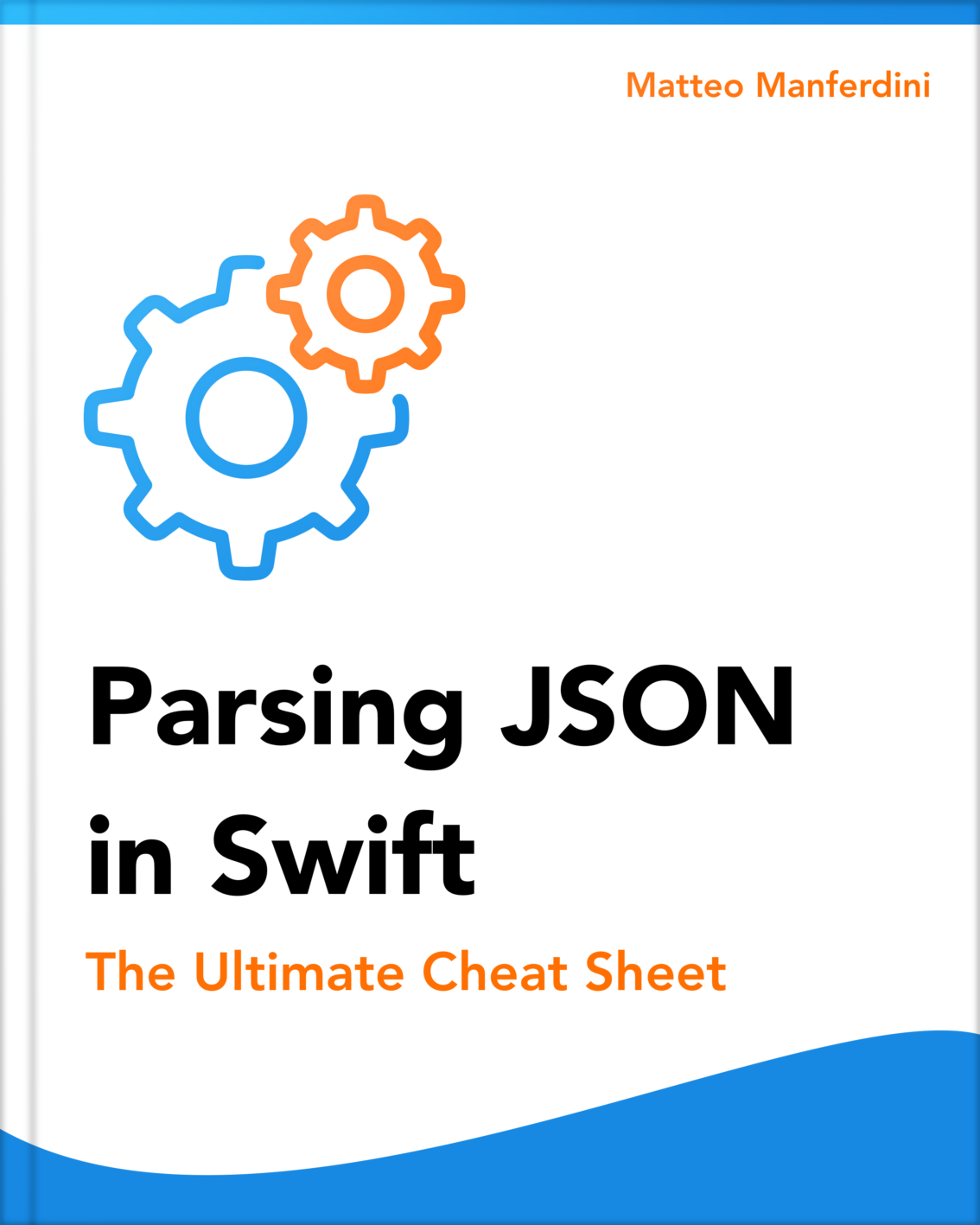In this last part of the guide, we are going to have a look at blocks and how they work.
Table of contents
What blocks are useful for
Declaring and using blocks
Passing blocks as parameters to methods
Capturing the context
Blocks and memory management
Matteo has been developing apps for iOS since 2008. He has been teaching iOS development best practices to hundreds of students since 2015 and he is the developer of Vulcan, a macOS app to generate SwiftUI code. Before that he was a freelance iOS developer for small and big clients, including TomTom, Squla, Siilo, and Layar. Matteo got a master’s degree in computer science and computational logic at the University of Turin. In his spare time he dances and teaches tango.



